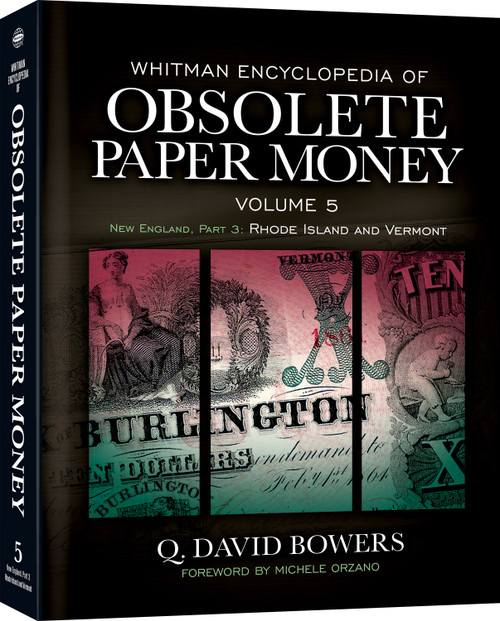Step into the fascinating world of antebellum American finance with Volume 1: An Introduction for Collectors and Historians. Q. David Bowers lays the foundation for the entire series with an engaging overview of the obsolete paper money landscape—from its origins and economic significance to the artistry of the notes and the evolution of banking practices. Perfect for collectors, researchers, and history buffs, this volume also includes an extensive glossary, collector tips, grading standards, and insight into the historical context that shaped America’s early banking era.
The Whitman Encyclopedia of Obsolete Paper Money is a groundbreaking multi-volume reference that explores the rich and colorful history of American currency issued from 1782 to 1866—before the establishment of National Banks and the Federal Reserve. During this formative period, more than 3,000 state-chartered banks across the United States issued their own distinctive paper money. In this magisterial work, Q. David Bowers—the “Dean of American Numismatics”—draws on decades of research from 18th- and 19th-century bank reports, newspapers, and other primary sources to chronicle every state, town, and bank that participated in this uniquely American financial era. Thousands of notes are pictured in full color, with in-depth information on their history, grading, rarity, market values, and collecting guidance. More than just a numismatic catalog, the Encyclopedia is a sweeping narrative of America’s economic development, from the aftermath of the Revolutionary War to the upheaval of the Civil War—an essential resource for collectors, historians, and anyone interested in the story of our nation’s early money.















































